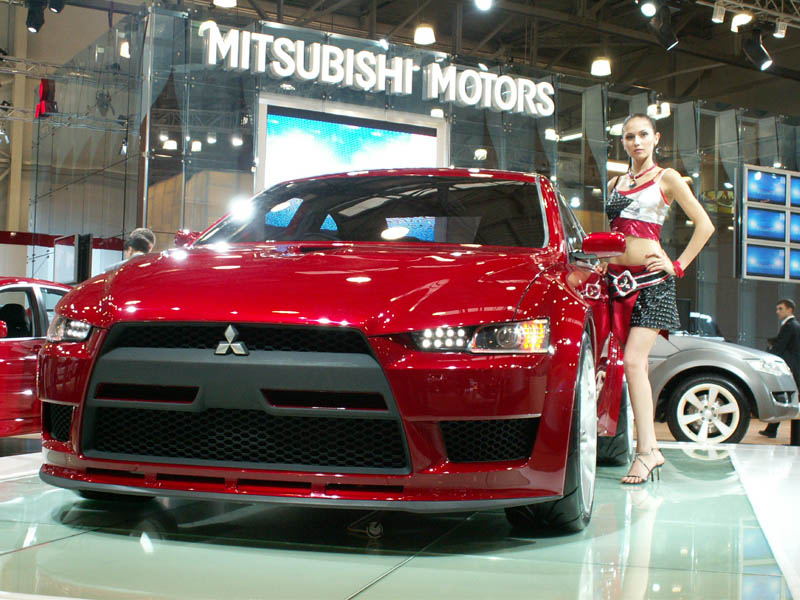 Mitsubishi
MitsubishiHistory
The Mitsubishi company was first established as a shipping firm by Yataro Iwasaki (1834–1885) in 1870. In 1873, its name was changed to Mitsubishi Shokai (三菱商会). The name Mitsubishi (三菱) consists of two parts: "mitsu" meaning "three" and "hishi" (which becomes "bishi" under rendaku) meaning "water caltrop" (also called "water chestnut"), and hence "rhombus", which is reflected in the company's famous logo. It is also translated as "three diamonds".[2]
The company bought into coal mining in 1881 by acquiring the Takashima mine and Hashima Island in 1890, using the production to fuel their extensive steamship fleet. They also diversified into shipbuilding, banking, insurance, warehousing, and trade. Later diversification carried the organization into such sectors as paper, steel, glass, electrical equipment, aircraft, oil, and real estate. As Mitsubishi built a broadly based conglomerate, it played a central role in the modernization of Japanese industry.
The merchant fleet entered into a period of diversification that would eventually result in the creation of three entities:
- Mitsubishi Bank (now a part of the Mitsubishi UFJ Financial Group) was founded in 1919. After its mergers with the Bank of Tokyo in 1996, and UFJ Holdings in 2004, this became Japan's largest bank.
- Mitsubishi Corporation, founded in 1950, Japan's largest general trading company
- Mitsubishi Heavy Industries, which includes these industrial companies.
- Mitsubishi Motors, the 6th largest Japanese auto manufacturer.
- Mitsubishi Atomic Industry, a nuclear power company.
- Mitsubishi Chemical, the largest Japanese chemicals company






No comments:
Post a Comment